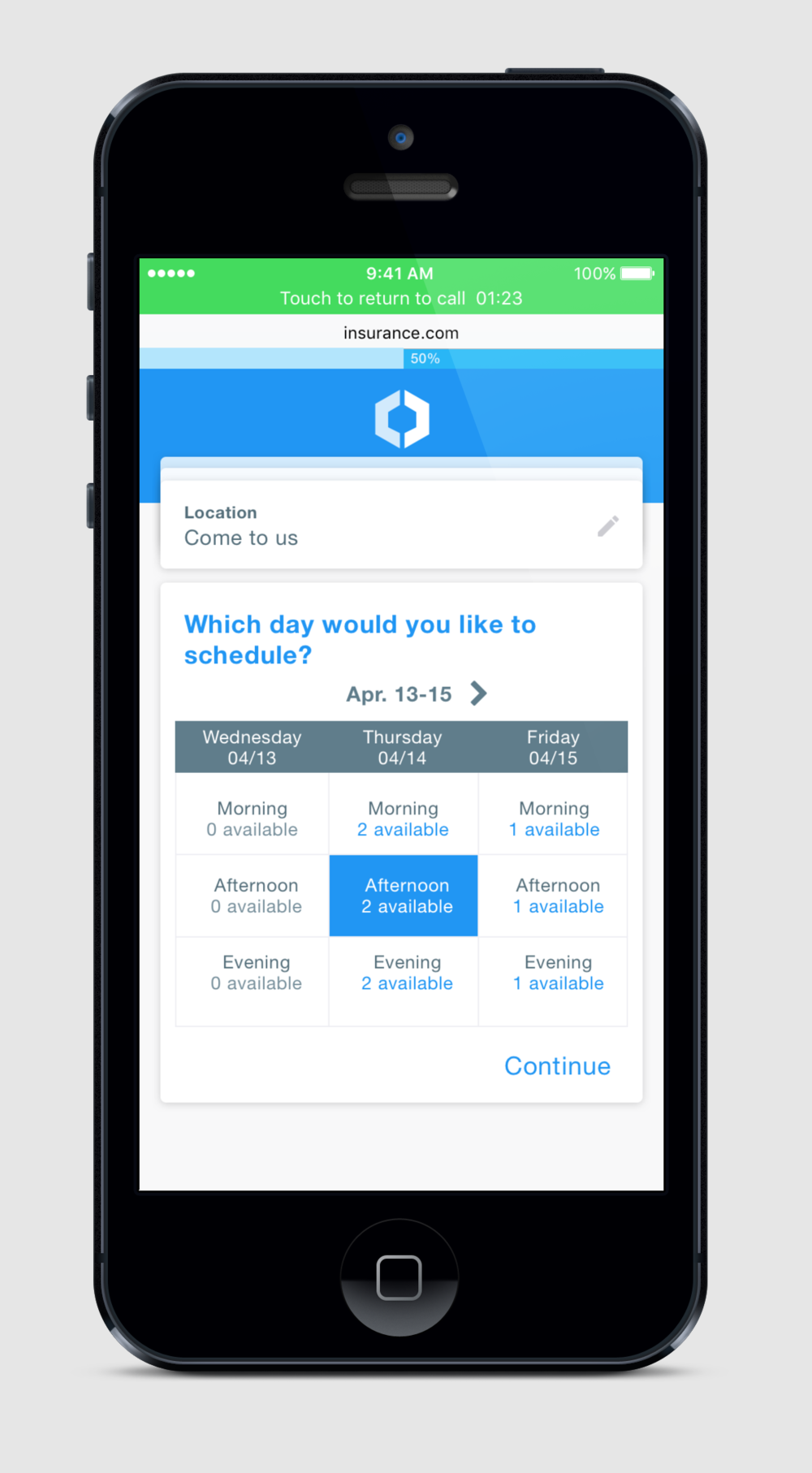
Repair Scheduler
Revamping a multimodal website to help car owners schedule a glass repair
An industry leader in the automotive repair space was considering renovating their existing multimodal app they had with us. A multimodal app simply is an application or website that utilizes both touch and voice interactions simultaneously.
Problem Space
My team was tasked with redesigning the multimodal experience.
We recognized it felt as if the voice and visuals were slapped together, rather than molded to be one. In addition to being disjointed, the aesthetics were outdated and needed to be improved.
Research
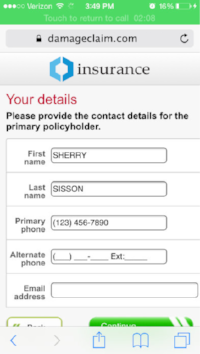
At the start of the project, we:
Analyzed the existing app
Surveyed the competitive landscape
Scrutinized the use case with task analysis
Identified the latest design trends
Review of performance data showed that 28% of users dropped off the call at the start of the multimodal journey. Additionally, the completion rate of 17% meant that less than 1 of every 5 callers completed the journey successfully.
Informed and inspired by the findings, we had a better idea of the target we were aiming for.

High-level analysis of the user journey and alternatives to streamline the process
Ideation
With the wealth of knowledge on hand, we began exploring different ideas for multimodal with wireframes. They went through rounds of critique and internal review.
The feedback received was then processed and led us to make various improvements. The concepts evolved into medium-fidelity mockups and we dove more into details of the interactions. Lastly, they would undergo another round of internal review.
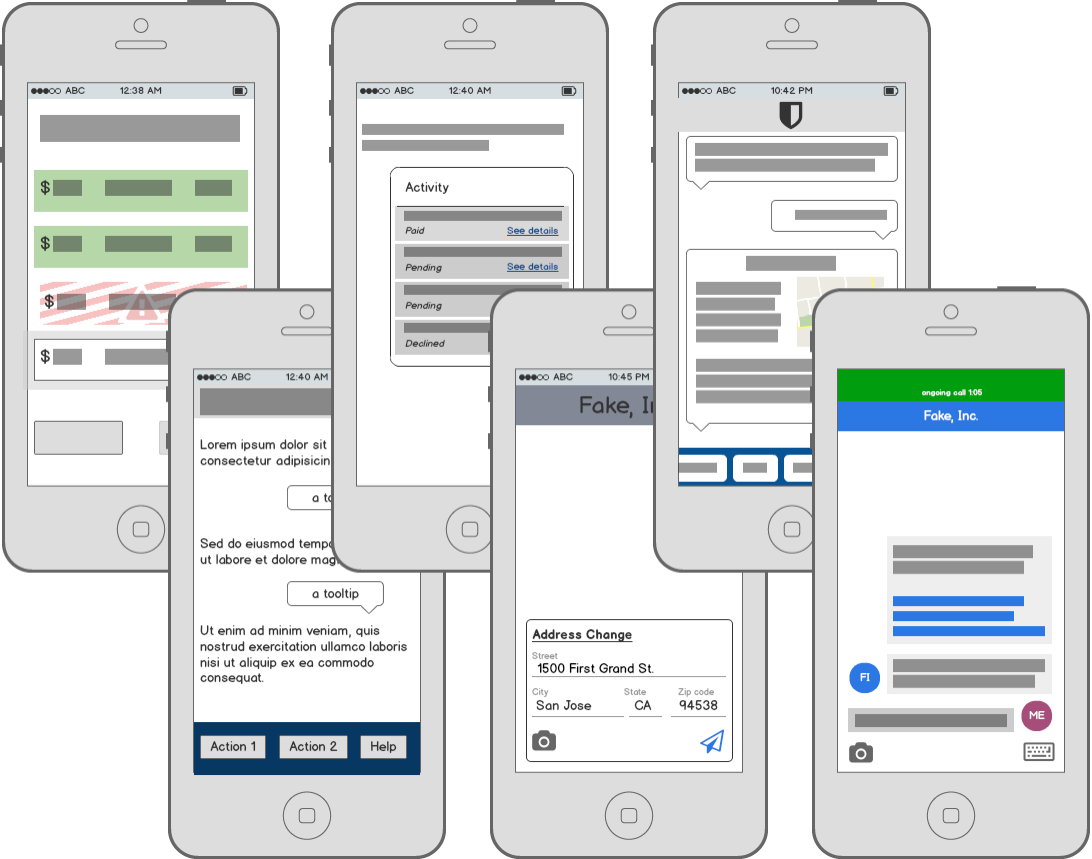
Rapidly prototyped various concepts with wireframes
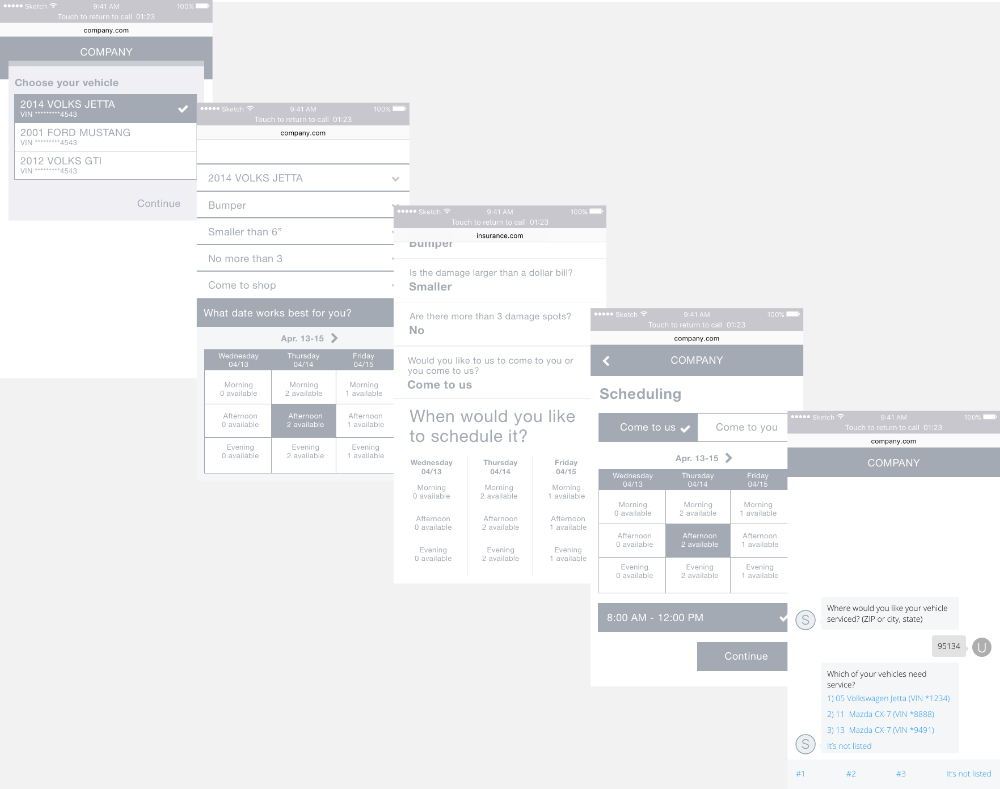
Refined wireframes to flesh out ideas
Once the top selection of ideas were picked, high-fidelity mockups were created. After several iterations of peer review and polishing, we ended with four core designs.
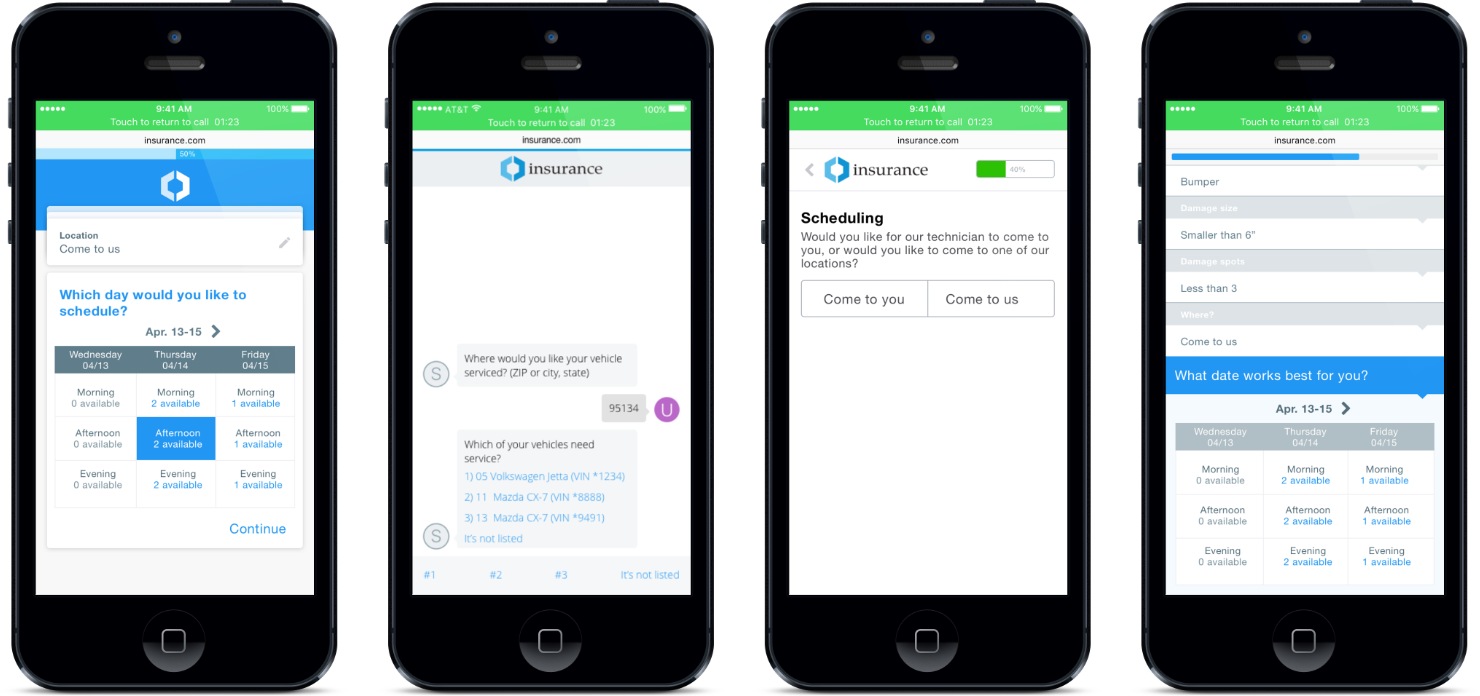
Mockups of the four multimodal concepts we would test
Design validation
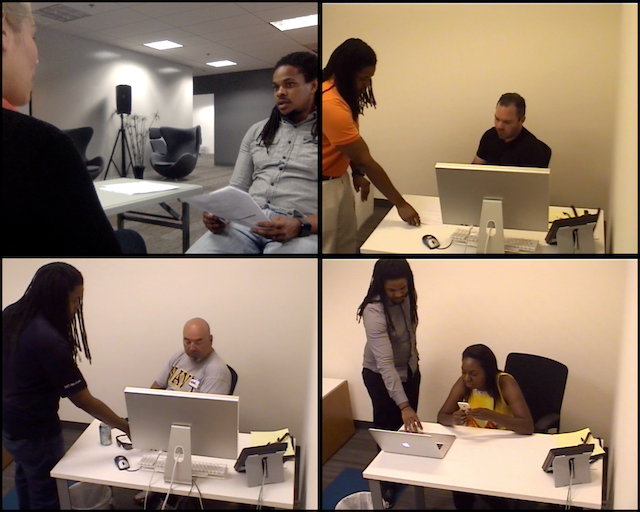
Various usability studies that I led
To test our hypotheses, we turned the top concepts into interactive prototypes and put them through usability studies with 18 total participants.
We analyzed the strengths and weaknesses of three designs. The results validated some beliefs, highlighted system flaws and led to minor interface tweaks.
Client engagement

Documentation for defining touch and voice interactions
Once we presented the final designs to the client, they were sold and ready to begin development.
From project kickoff, I served as the Design Lead, while also stepping up as Scrum Master and Project Manager to help keep the project on target. I collaborated with developers, designers, and project managers from both sides of the aisle for design decisions and documentation. Internally, I pushed everyone to ensure we were prepared for every stand-up meeting and delivering stellar services.
The key to the successes all stem from constant communication, transparency, as well as managing expectations. At the end of the quarter, I was acknowledged with a Bravo Award for contributions and dedication to the project.